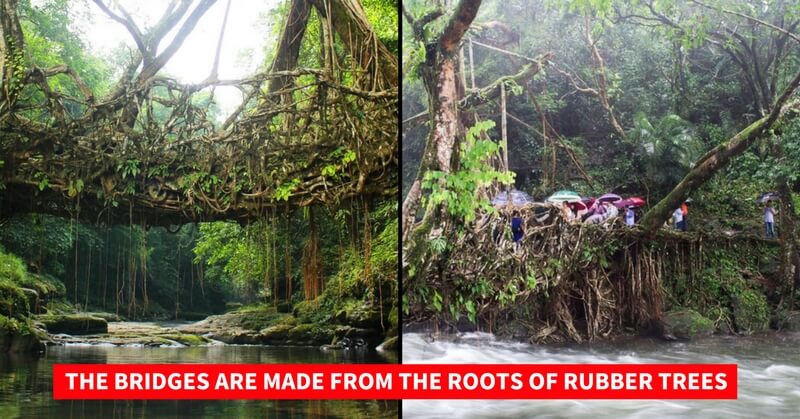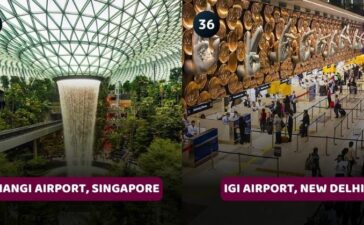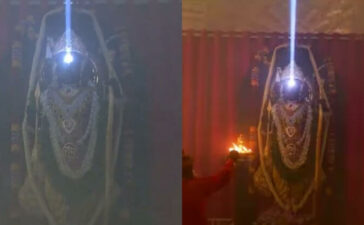These days Indians are so busy in fighting with each other over caste. Most of the Indians couldn’t realize the beauty of our country, couldn’t even think about saving environment except commenting on posts. However, there is a person who is from other country trying his best to preserve naturally formed bridges in India.
When I say, naturally formed bridges, I hope you guessed where it is. Yes, its Meghalaya’s living-root bridges.
The original architects of living root bridges are forefathers of Khasi tribe. They came up with a permanent solution as the bamboo and wooden bridges could never withstand the heavy rains.
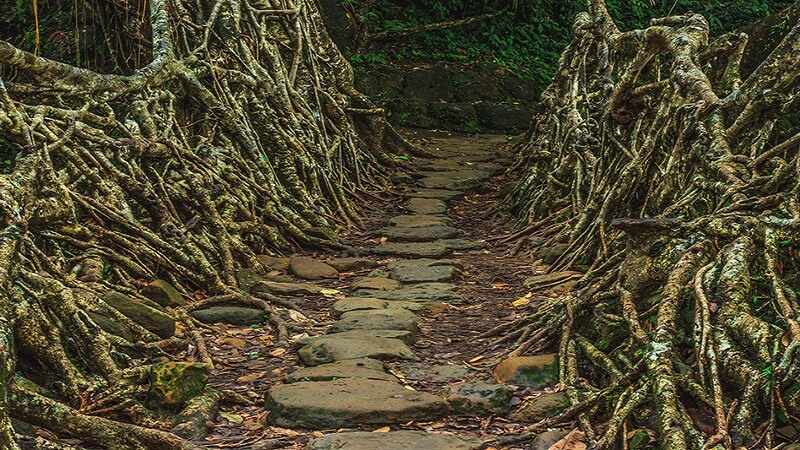
The lifespan of these living root bridges is very long. Some bridges around are said to be 500 years old. It takes around 15-20 years to grow and they become stronger with age and more stronger than any modern concrete bridge.
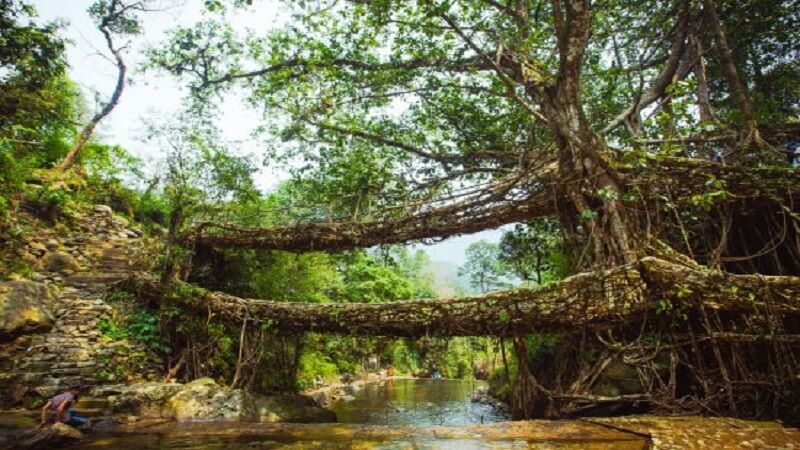
The people put stones on the bridge to make a path once the bridge skeleton is formed properly. So that they can easily walk, once it becomes totally stronger.
An American travel writer, Patrick Rodgers from Newark, was trekking across the Meghalaya when he came in 2011. And he discovered many root bridges on the way to trek. Today, he pitches it at about a hundred across the state and has taken it upon himself to document each of them.
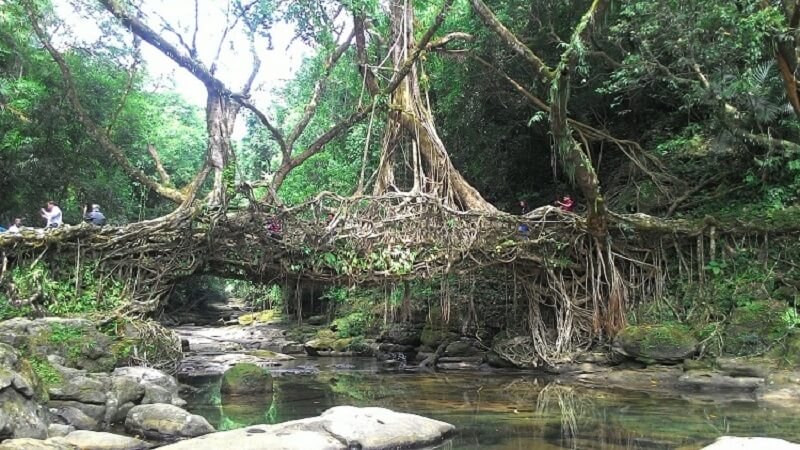
Rodgers, 32, returned to India in 2015 looking for answers to some pertinent questions such as the number of bridges that exist, how they were made, if they are still being made, and are they dying?
He started a GoFundMe project online to help trace them and work towards their preservation. He also met with the village headmen, made friends with the locals and started mapping the bridges.
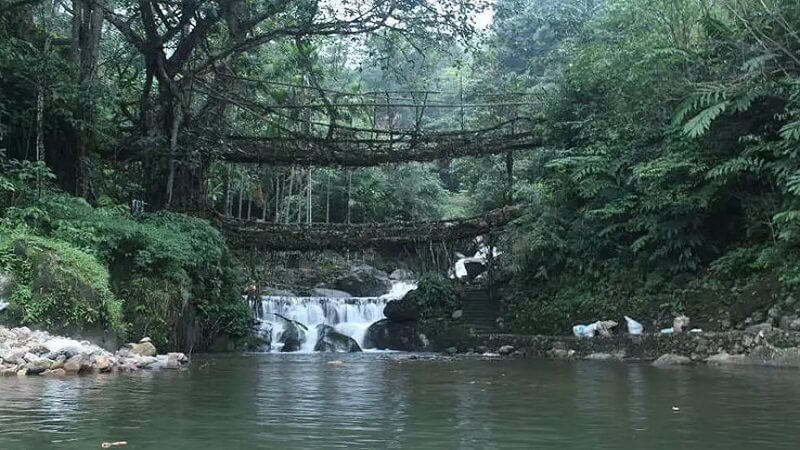
“There was a huge disconnect between the amount of information online and the actual practice,” he says during a Skype interview.
Rodgers has unearthed some interesting facts about the number and varieties of bridges that exist.
“I have also managed to locate other varieties of living architecture: living root ladders, observation platforms, retaining walls, etc. There’s also evidence that these bridges aren’t mere structures the villagers created centuries ago, but ones that are actively grown even today. The general picture is one of decline, but there is evidence of new construction in Nongriat and Pyrnusula,” he says.
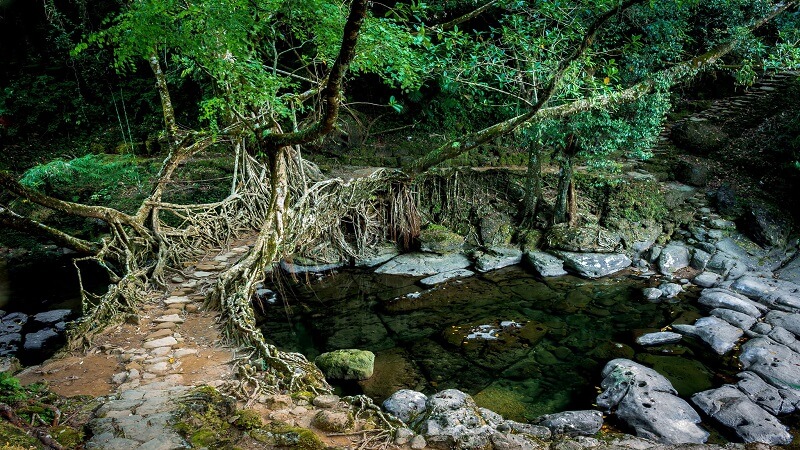
“Saying that they take 15 years is an over simplification. Some might take a few years, some might take longer, and some are made useable immediately by the creation of hybrid traditional material structures,” he added.
A Facebook post by James Perry questioned his intentions and brought up larger issues about tourism in Meghalaya. Do people really need to find out about more of these bridges? Does mapping them make them lose their sanctity?
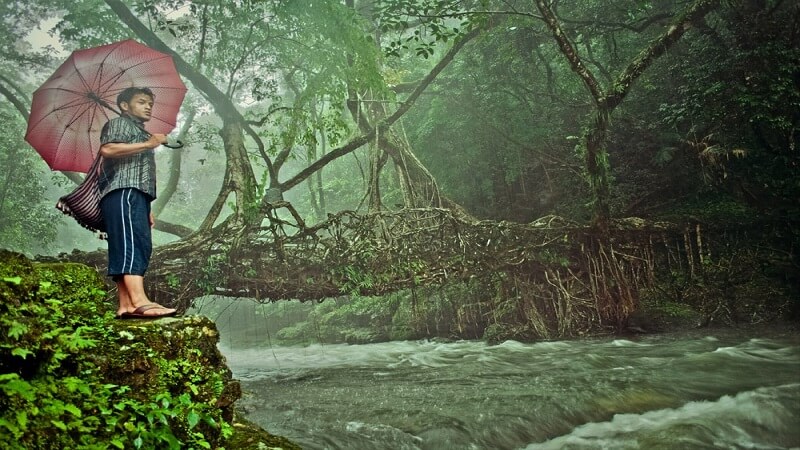
Rodgers says his only goal in mapping them is to help preserve them. “In tourist zones, the locals have an immediate economic incentive for preserving the bridges, given that the structures have become an attraction,” he says.
“The fact is that the only people who can truly save the bridges are people who live there. My hope is that compiling this information will help towards that ultimate goal,” he says.
Have you been to Meghalaya? Did you visit these awesome bridges? What was your experience? Share us in the comments. Mawlynnong village of India is the cleanest village in entire Asia.


